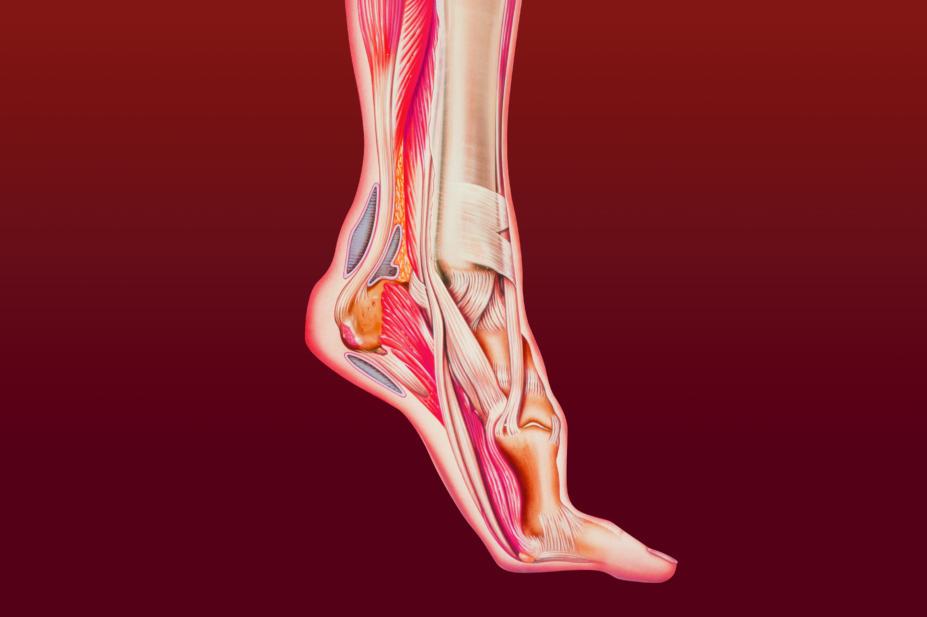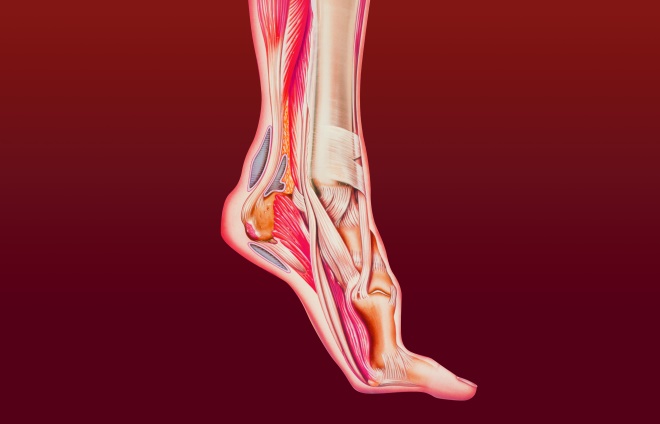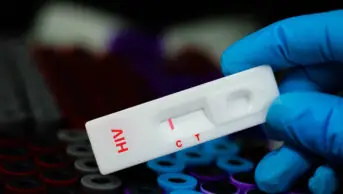
RB provided financial support in the production of this content. UK/SC/1118/0075

Source: Science Photo Library
Exams, work experience placements, assignments and presentations are necessary to help students develop the skills needed to become a competent pharmacist. However, university can be both daunting and stressful. With so much going on, I find it easy to lose sight of what I am ultimately doing this for — becoming the health professional I need to be.
As part of my second year portfolio, I was required to complete two interprofessional learning activities with third year podiatry students. Learning to appreciate the roles of other healthcare professionals allowed me to focus on my own wider career goals, and not be distracted by the short-term pressures that come with sitting exams. The experience allowed me to consolidate my learning and adopt a more holistic view of patient care in order to improve patient outcomes.
Learning on the job
I spent one session in a podiatry clinic shadowing students and the second session was spent working with the podiatry students on individual patient cases. Each experience was unique and helped change my perceptions of podiatry.
One clinic patient had suffered a cerebral vascular incident within the past five years. He had significantly reduced mobility and relied heavily on the podiatry student for basic foot care. In addition to basic foot care, the podiatry student carried out routine ankle brachial pressure index (ABPI) tests, to assess the patient’s risk of peripheral arterial disease. They also discussed the importance of a healthy lifestyle to reduce risk of further co-morbidities, such as smoking cessation. The podiatry team also treated his minor fungal infection, which if left alone could have resulted in a GP appointment at a greater cost to the NHS, putting further strain on resources, as well as further pain and discomfort for the patient.
During the patient interaction, I observed students demonstrating empathy and professionalism within a relaxed and open environment. Rapport between the podiatry student and patient had already developed during previous visits to the clinic and, as a result, the patient was more inclined to disclose information he may have otherwise kept private. He had missed his previous appointment owing to public transport issues and had to wear sandals in December because his toenails had grown too long for shoes. Subsequently, the student enquired about future transport arrangements to avoid any further missed appointments.
I now have a better understanding of how important podiatrists are and how they contribute to better outcomes for patients
During my placement, I learnt the importance of podiatrists in identification of cardiovascular disease risk. A thorough foot examination may highlight symptoms such as ulceration, that may have gone undetected by any other healthcare professional. Through ABPI monitoring, awareness of symptoms and risk factors, podiatrists are able to make life-changing referrals. Early identification of peripheral arterial disease can slow disease progression, improve patient quality of life and reduce need for lower limb amputation.
Raising awareness
When I questioned the podiatry students about their awareness of community or hospital pharmacists’ roles, I was met with either silence or the perception that the role is similar to that of a shopkeeper. I was keen to explain how a pharmacist’s role has moved forward from compounding and supply.
Prior to the sessions, I completed a questionnaire about the role of a podiatrist and my knowledge of their role was just as poor. From this experience, I now have a better understanding of how important podiatrists are and how they contribute to better outcomes for patients. I am now mindful and appreciative of the work podiatrists do. I strongly believe we are working to achieve the same outcomes and deliver the same positive patient experiences.
Interprofessional experiences have had a significant impact on my learning: I am now able to understand my limitations and I consider other external factors affecting patients outside of what I have been taught at university
I have been involved in interprofessional learning before, during my first year of pharmacy school with physiotherapy students and I am due to take part in a similar learning experience in my third year with medical students. These workshops raise my awareness of the change in my attitude and willingness to engage with other healthcare students. I am able to recognise how healthcare professionals can help each other, their patients and the community.
These interprofessional experiences have had a significant impact on my learning: I am now able to understand my personal and professional limitations and I consider other external factors affecting patients outside of what I have been taught at university. I have also learnt how to determine how social, environmental, and economic factors may affect a patient and what influence this may have on the care they receive.
Experience of podiatry can prepare pharmacy students for the increasingly patient-facing roles of pharmacists. The growth of clinical pharmacy roles in all settings is only possible with engagement from the wider multidisciplinary team to ensure standardised practice, implementation of medicines optimisation initiatives and reduced wastage.
The experience was invaluable and I am overwhelmed by the skills, knowledge and professionalism demonstrated by both podiatry and pharmacy students.

About the author:
Evelyn Andrews is an undergraduate pharmacy student at the University of Huddersfield. She hopes to pursue a career in hospital pharmacy and has a special interest in paediatric medicine.


